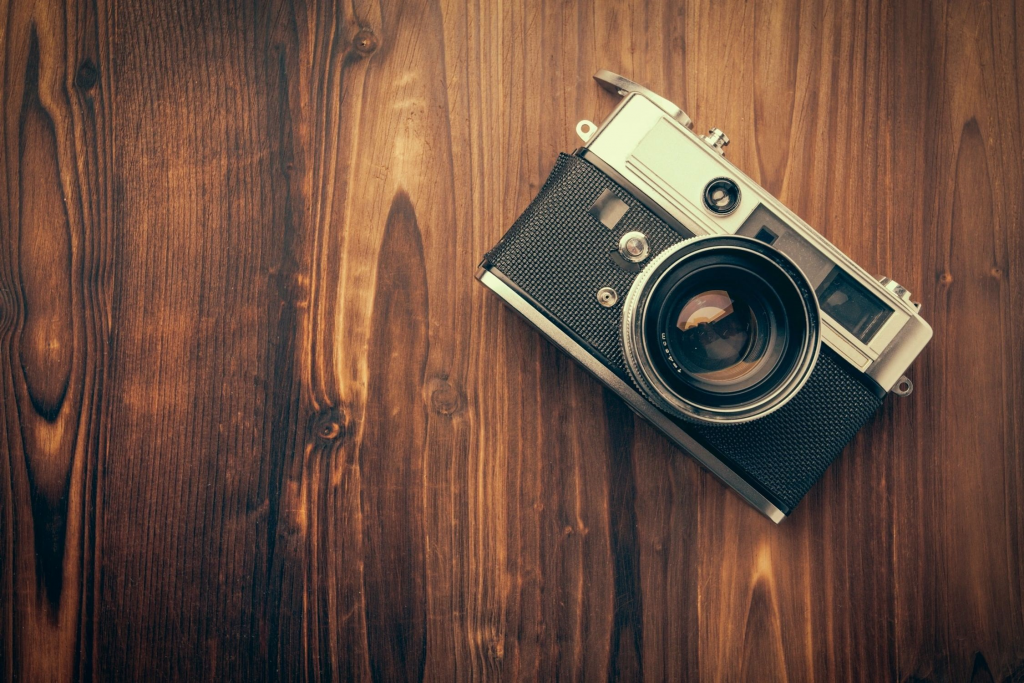The camera was first invented in 1816 when a partially successful image was produced by Nicéphore Niépce. Using a small device that he had created, and a piece of paper that he had coated with silver chloride, he discovered that the paper darkened when exposed to light. Since then, photography has been made easier through the way that photographs are developed and camera technology. This article will explore some of these advancements.
Photos Developed by Others
Developing your own colour photographs requires specialist and expensive equipment and exacting conditions, such as a dark room, for perfect results. Originally, the photographs were either monochromatic or hand-coloured. The first colour photograph was taken by Thomas Sutton in 1861 but colour development was not widely available until the 1940s. Up until 1960, most photographs were taken in black and white.
Bonusprint, founded in 1965, opened their first high-street shop in 1979 for customers wanting their photographs developed. In 1999, moving with the times, Bonusprint introduced their online photo ordering service. This was to keep up with the technology of cameras taking digital images rather than having either 35mm film or a 110 cartridge inside them. In 2016, the company launched its first smartphone app allowing users to be creative with their images.
Thinking of photography being more instant, leads us on to the technology of cameras printing instant photographs. This was, of course, before the advent of digital cameras.
Polaroid Cameras
In 1948, the first of the Polaroid cameras, Model 95m and its accompanying special film went on sale in a store in Boston. The camera would sell out in minutes. The advantage of these instant cameras was that you had no film to develop because the camera allowed you to self-develop the photographs. A chemical process would develop the photograph shortly after taking the photograph. The films were more expensive to buy, but then, you would not have the cost of then sending them away to be developed. This kind of instant photography was the forerunner to digital photography when everyone wanted to see what they had taken in an instant, and then to share it. Previously you would have to wait until you had received your photographs back from the developers.
It should be noted that before the Polaroid camera, the SLR (Single Lens Reflex) cameras were the only real way of knowing exactly what you had taken. They use a mirror and prism system that allows the photographer to see through the lens at what exactly it is they are capturing on film.
Digital Cameras
The first-ever digital camera was invented in 1975 by Steve Sasson, a Kodak engineer. Built the size of a bread box, it took 23 seconds to capture just one image. Since then, this has been speeded up by a single click capturing an image instantly and then storing it on a memory card. That is an SD card on a camera or a micro-SD with a mobile phone. However, if you want to look at them later, you’ll probably need the help of the best memory card reader for photographers and others.
One of the advantages of the digital camera is that it is lighter and smaller to carry than a film camera. A single memory card can hold many more pictures than one film could. This would often be no more than 24 photographs per film. The pictures taken that are not as good as you had hoped can be deleted with a digital camera, whereas with a film camera, that portion of the film is wasted. The software can be used to enhance the images taken afterward. Red-eye can be taken away. Photos that are too dark can be brightened.
Those who are looking to digitize their photos from a film camera may want to look into a photo scanning service to help them do this. This is a good way to hold on to old memories and also give them a new lease of life rather than let them go on unseen and forgotten in a drawer somewhere.
In terms of the resolution that a digital camera can produce, a single point-and-shoot camera can achieve between 12 and 20 megapixels, which is considered a high enough resolution for large prints.
So, with digital cameras creating no wastage, there is certainly no reason not to have a go at photography and see what results you can produce first time around. Then, if you do not like what you have created, you can either enhance or delete the photos.

